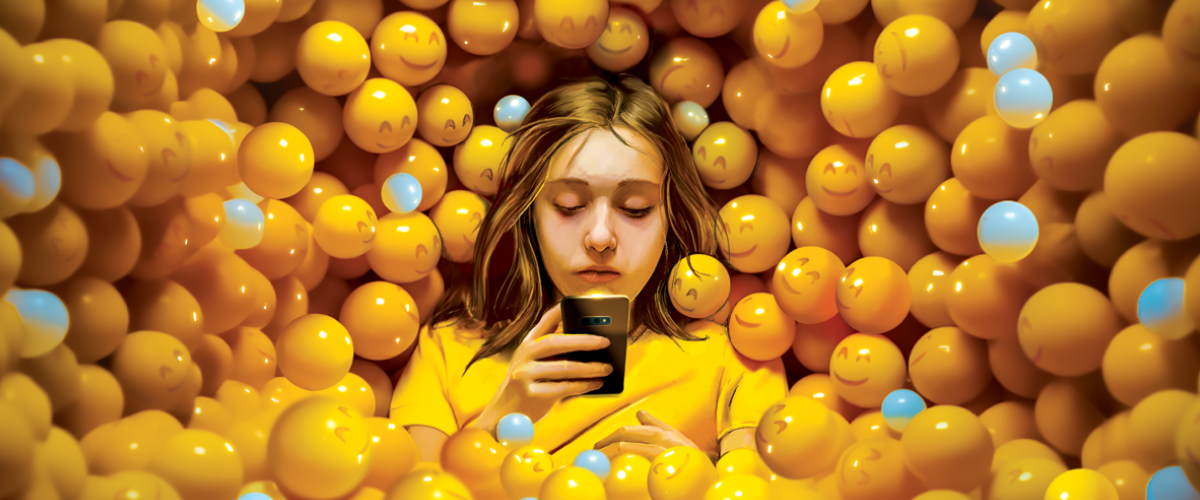I want to present you with two narratives about AI. Both of them are about using this technology to automate computer programming, but they point toward two very different conclusions.
The first narrative notes that Large Language Models (LLMs) are exceptionally well-suited for coding because source code, at its core, is just very well-structured text, which is exactly what these models excel at generating. Because of this tight match between need and capability, the programming industry is serving as an economic sacrificial lamb, the first major sector to suffer a major AI-driven upheaval.
There has been no shortage of evidence to support these claims. Here are some examples, all from the last two months:
- Aravind Srinivas, the CEO of the AI company Perplexity, claims AI tools like Cursor and GitHub Copilot cut task completion time for his engineers from “three or four days to one hour.” He now mandates every employee in his company to use them: “The speed at which you can fix bugs and ship to production is scary.”
- An article in Inc. confidently declared: “In the world of software engineering, AI has indeed changed everything.”
- Not surprisingly, these immense new capabilities are being blamed for dire disruptions. One article from an investment site featured an alarming headline: “Tech Sector Sees 64,000 Job Cuts This Year Due to AI Advancement.” No one is safe from such cuts. “Major companies like Microsoft have been at the forefront of these layoffs,” the article explains, “citing AI advancements as a primary factor.”
- My world of academic computer science hasn’t been spared either. A splashy Atlantic piece opens with a distressing claim: “The Computer Science-Bubble is Bursting,” which it largely blames on AI, a technology it describes as “ideally suited to replace the very type of person who built it.”
Given the confidence of these claims, you’d assume that computer programmers are rapidly going the way of the telegraph operator. But, if you read a different set of articles and quotes from this same period, a very different narrative emerges:








